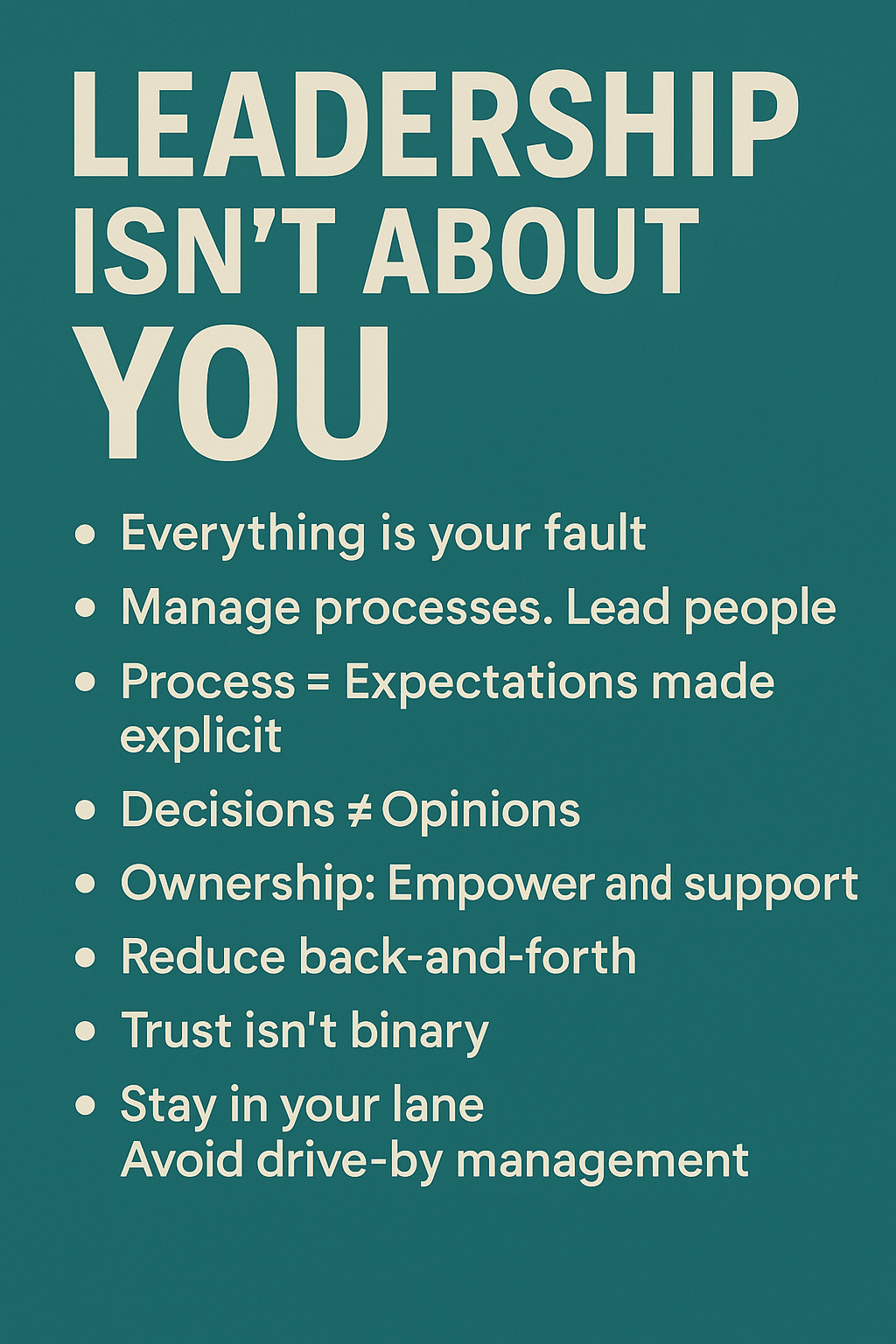When I started this series, I wasn’t my intention to write a manifesto. I was trying to map the practices that helped my teams stop treading water and start building something cohesive—even across time zones, neurotypes, and cultural norms. Along the way, I kept coming back to this core idea:
You can’t copy-paste culture from the office to remote. You have to design it. And that design has to do more than “accommodate” difference. It has to center it.
“Remote by Intention” isn’t a silver bullet. It’s a design philosophy—and a leadership mindset—that prioritizes cohesion over convenience, clarity over charisma, and inclusion over inertia. It’s a way of asking: What kind of culture are we quietly reinforcing every time we meet, plan, decide, or stay silent?
So What Do You Actually Build?
Here’s what the series covered—and where it’s pointing next:
- In Post 1, we built out team structures and role design that support autonomy and connection without defaulting to top-down control.
- In Post 2, we layered in neuro-inclusion—not as an afterthought, but as a foundational strength for globally distributed teams.
- In Post 3, we got into cadence and resilience: how rituals, feedback loops, and vulnerability are systemically scaffolded, not just personality-driven.
These ideas aren’t just theoretical. They’ve shown up in anonymous survey improvements. In reduced Slack fatigue. In better handoffs, clearer boundaries, and people saying, “I feel safer giving feedback now.”
But none of this is static. Culture isn’t a one-off initiative—it’s a living system that requires continuous care. If you treat psychological safety and inclusion like one-time launches, you’ll get compliance. If you treat them like trust-based systems, you’ll get cohesion.
Where to Go from Here: Deeper Dives
If you’re a leader (especially in infra, platform, or distributed orgs), and you want to keep digging, here are a few thoughtful paths forward:
Books worth your time:
- “Team Topologies” – Manuel Pais & Matthew Skelton
→ Deep dive on structuring flow-aligned teams with strong inter-team APIs. Not remote-specific, but totally adaptable. - “The Art of Gathering” – Priya Parker
→ A surprisingly moving read on the power of intentionality in human convening—ideal for rethinking rituals, meetings, and offsites. - “Unmasking Autism” – Devon Price
→ A sharp and accessible look into masking culture and neurodivergence. Useful for leaders looking to decode their team dynamics.
🧠 Blogs & Posts:
- The Ready – theready.com
→ Regular content on org design, self-management, and adaptive teams. - Neurodivergent Leaders Blog – ndleaders.com
→ Honest, grounded insights from folks navigating executive roles with ADHD, autism, etc. - Lara Hogan’s blog – larahogan.me
→ Excellent writing on feedback, psychological safety, and human-first leadership.
🎥 Talks & Videos:
- Camille Fournier’s LeadDev Keynotes – On managing high-trust teams at scale
- Patty McCord on Radical Candor vs. Psychological Safety
- Priya Parker’s TEDx on gathering with intention – Short but dense with insight
A Final Thought: Culture Happens Either Way
Whether you design for it or not, culture happens. Slack patterns become norms. Decision latency becomes communication default. Neurodivergent voices either get heard—or slowly back away. If you aren’t designing these systems with care, you’re still designing them. Just poorly.
What makes Remote by Intention work isn’t the elegance of your rituals or the polish of your async workflows. It’s your willingness to keep evolving, to keep asking “what’s working for you?” and “what’s quietly pushing people out?”
Start with one ritual. Or one role rotation. Or one async check-in that actually feels human. And remember: you’re not just building infrastructure. You’re building the future conditions for how people work, lead, and belong.
Thanks for reading. Keep going. Keep listening. Build something real.




